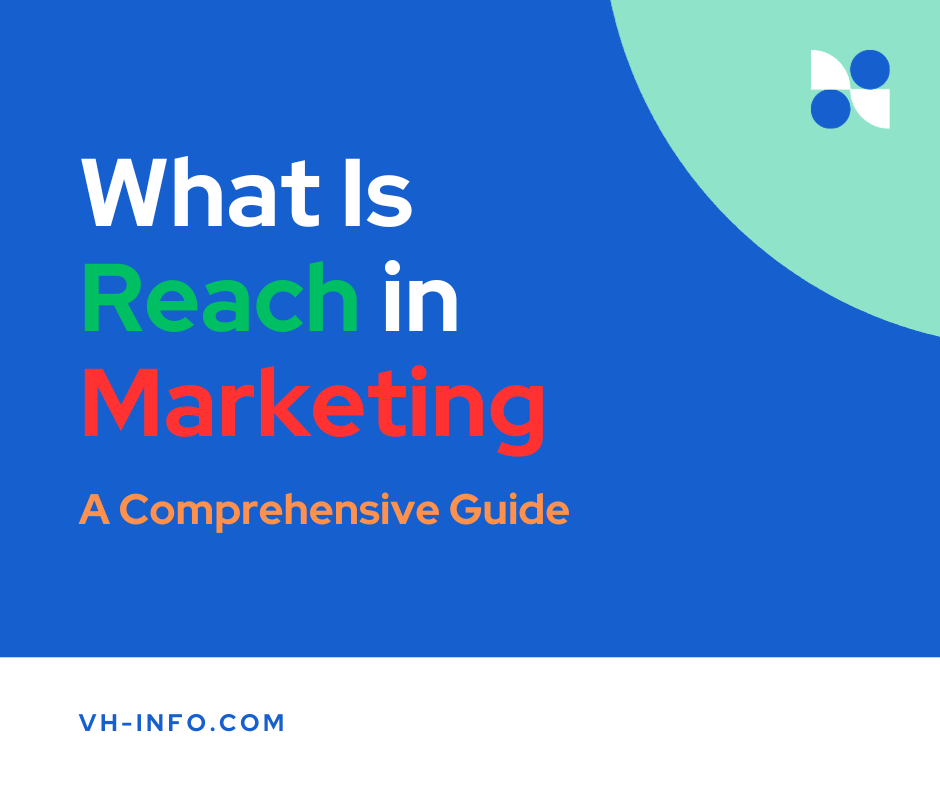
What is Reach in Marketing? : An Expert Guide
As a marketer, you know that one of the biggest challenges is to reach your target audience. That’s where reach

What is Reach in Marketing? : An Expert Guide
As a marketer, you know that one of the biggest challenges is to reach your target audience. That’s where reach
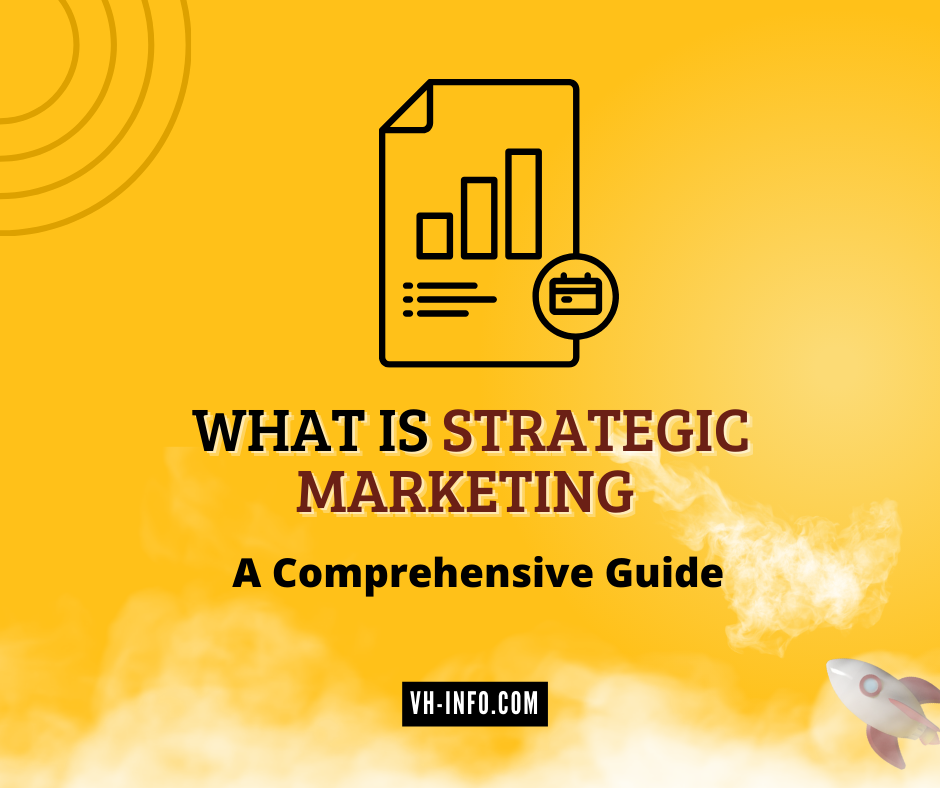
What is Strategic Marketing: A Comprehensive Guide
Strategic marketing is a vital component of any business plan, as it sets the foundation for all other marketing activities.

What is Sports Marketing: An Insider’s Guide
Sports Marketing is a dynamic and growing field that uses marketing principles to promote sports events, organizations, and products. With

What is Freelance Digital Marketing? Explained
Looking for a career that offers flexibility and the opportunity to work from home? Have you considered freelance digital marketing?
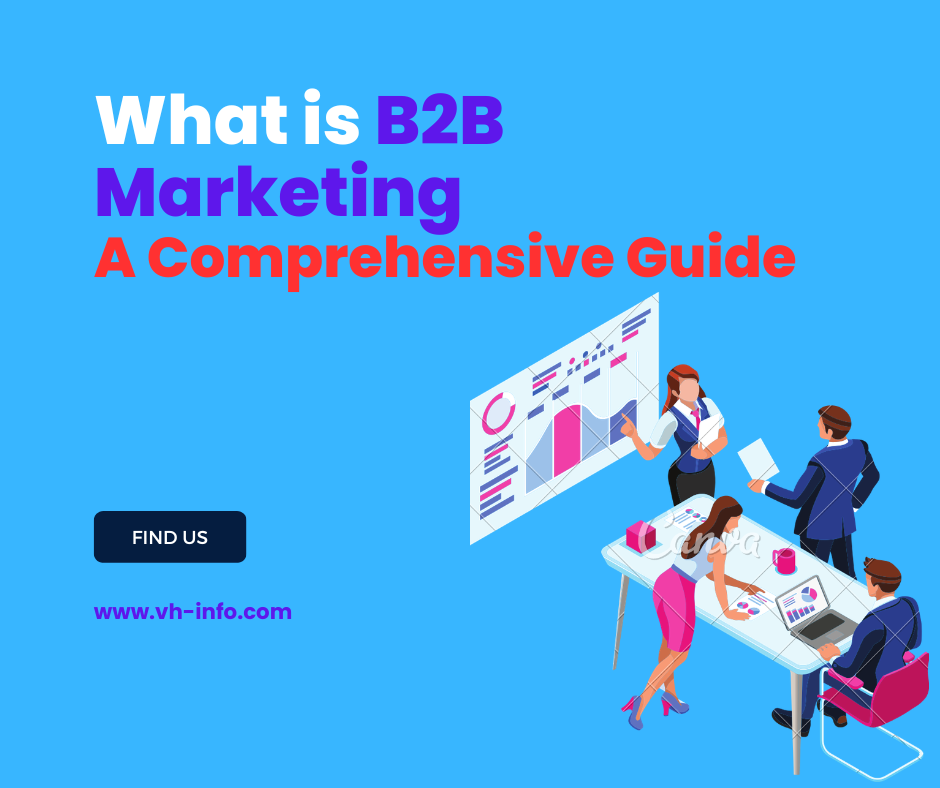
What is B2B Marketing: A Comprehensive Guide
B2B marketing is a complex process that requires careful planning and execution. It involves targeting other businesses rather than individual
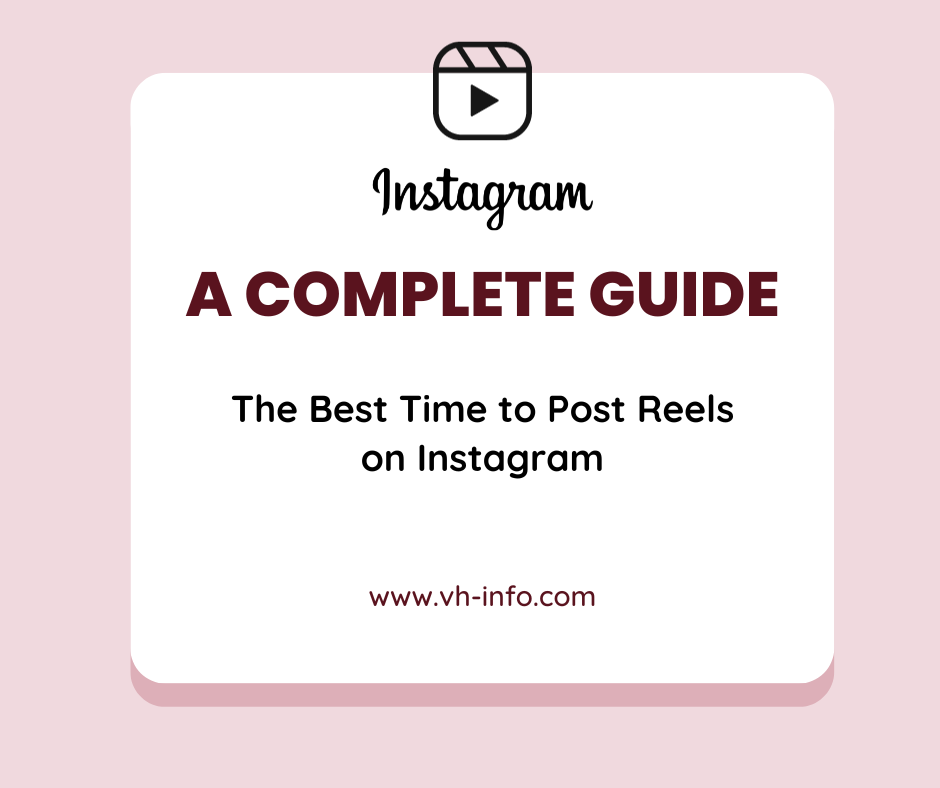
The Best Time to Post Reels on Instagram: A Complete Guide
As Instagram Reels become the new way to engage with your audience on social media, it’s important to know when

Side Hustles for Women that Make Real Money
In today’s fast-paced world, many women are looking for ways to earn extra income and take control of their financial

Is Affiliate Marketing Legit? Scam? Find Out Now!
Affiliate marketing is a powerful way to make money online. But with so many scams out there, it’s hard to
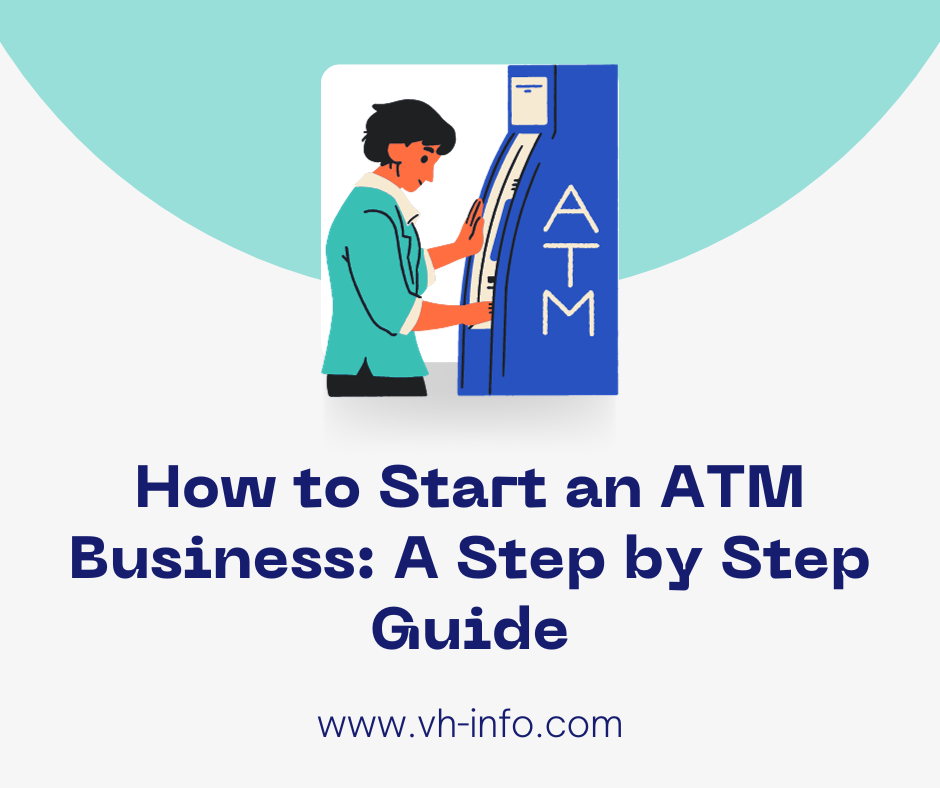
How to Start an ATM Business: A Step-by-Step Guide
Are you looking for a business opportunity that is easy to set up, low maintenance, and profitable? Starting an ATM

Best Hustle Quotes For Entrepreneurs: Get Motivated & Inspired
In the hustle and bustle of everyday life, we could all use a little motivation and inspiration to keep us
WHAT WE
3rd floor, VHinfo, QRXG+CG9 Capital Market, Canal Rd, chokdi, Ravapar, Morbi, Gujarat 363641
VH-info © 2025 | All Rights Reserved